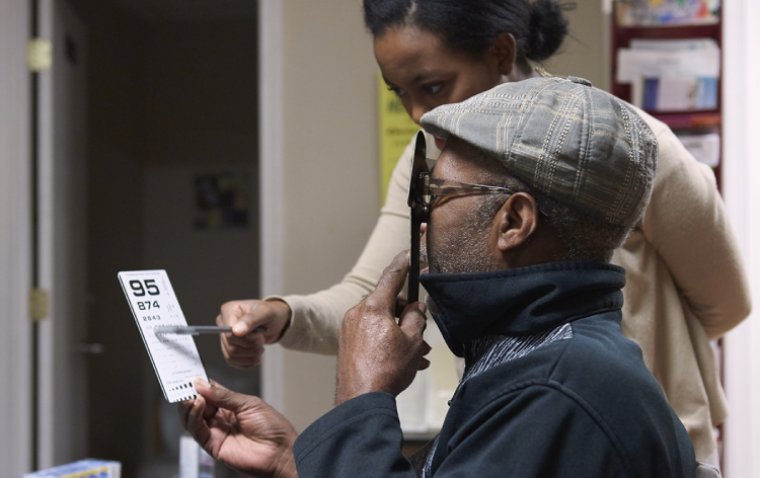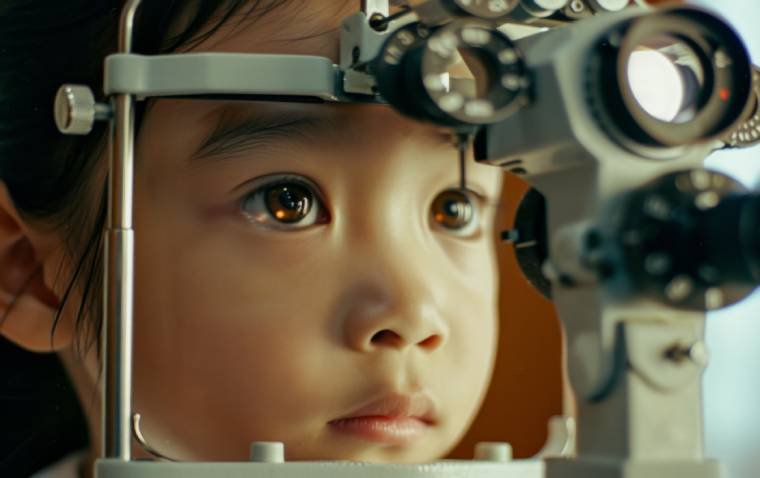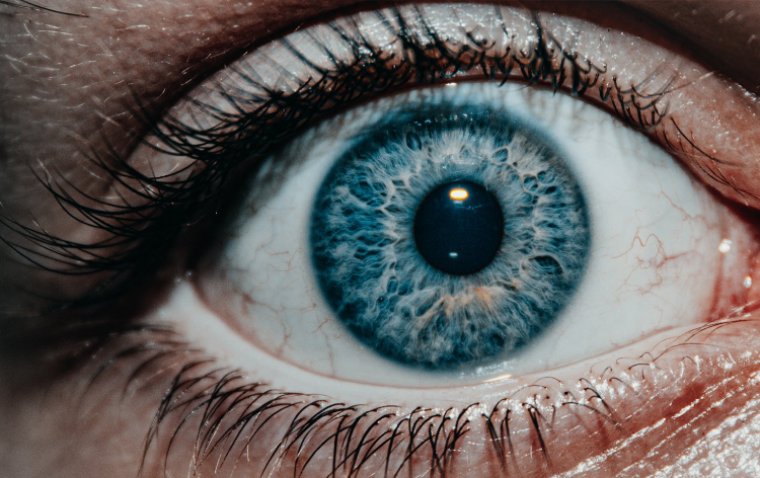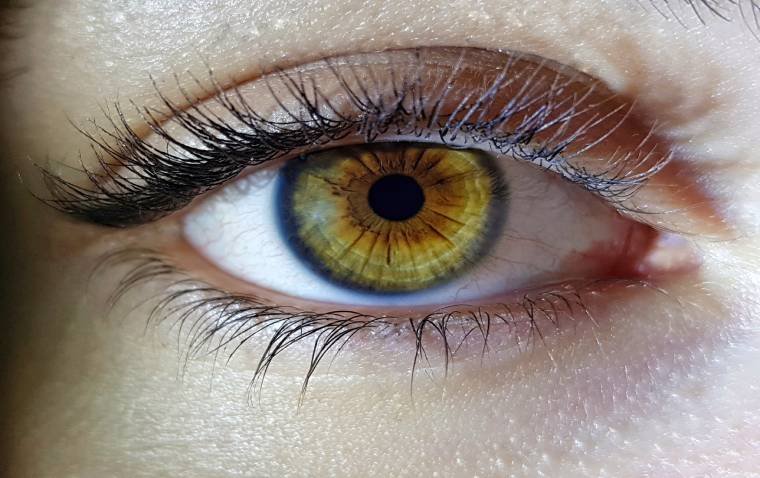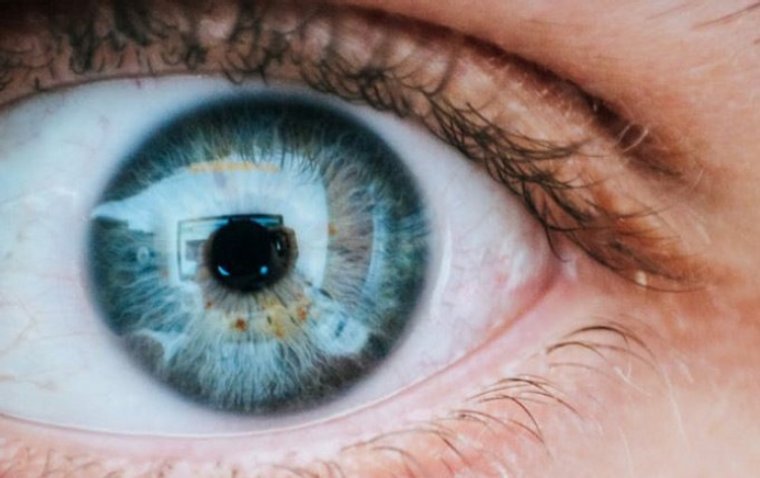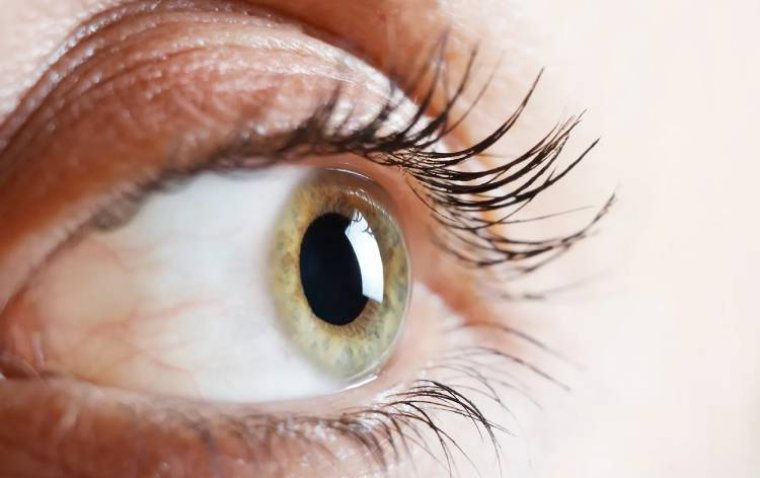
NIH Introduces Novel AI to Speed Up Retinal Imaging by 100 Times
Researchers at the National Institutes of Health have significantly advanced retinal imaging by integrating artificial intelligence (AI) with adaptive optics (AO) and optical coherence tomography (OCT) technology.
This new method, which they call parallel discriminator generative adverbial network (P-GAN), accelerates the imaging process 100 times and enhances image contrast by 3.5 times. The improvements will assist in better assessing conditions like age-related macular degeneration (AMD) and other retinal diseases.
Published in Communications Medicine, this breakthrough is led by Johnny Tam, Ph.D., from the NIH's National Eye Institute. Tam explained the impact of their findings: "Artificial intelligence helps overcome a key limitation of imaging cells in the retina, which is time."
The Challenges of Traditional Retinal Imaging
Adaptive optics (AO), similar to OCT, is noninvasive and a staple in eye clinics for providing high-resolution images of the retina. However, AO-OCT images are often obscured by speckle noise, analogous to how clouds can obscure aerial photography. The team's innovative AI approach addresses this by allowing rapid and clear imaging without the extensive manual processing previously required.
AI Enhancements in Imaging
The P-GAN system was trained using nearly 6,000 AO-OCT images of human retinal pigment epithelium (RPE) cells, learning to identify and enhance details obscured by speckle. In practical tests, P-GAN proved to be superior to other AI methods, requiring fewer images and providing greater clarity and contrast, according to Vineeta Das, Ph.D., a postdoctoral fellow at NEI.
Tam emphasized the upgrade in imaging capability: "It's like moving from a balcony seat to a front row seat to image the retina. With AO, we can reveal 3D retinal structures at cellular-scale resolution, enabling us to zoom in on very early signs of disease."
The integration of AI with AO-OCT not only streamlines the imaging process but also opens new possibilities for routine clinical use and research into the structural and functional aspects of the retina. This approach represents a significant shift in how imaging technology is applied, positioning AI as a fundamental component of the imaging process rather than merely a post-processing tool.
This technological leap holds promise for enhancing the diagnosis and understanding of various blinding retinal diseases by enabling detailed visualization of the RPE, which supports vital retinal neurons.
Reference
Vineeta Das, Furu Zhang, Andrew Bower, et al. Revealing speckle obscured living human retinal cells with artificial intelligence assisted adaptive optics optical coherence tomography, Communications Medicine (2024).
(1).jpg)

